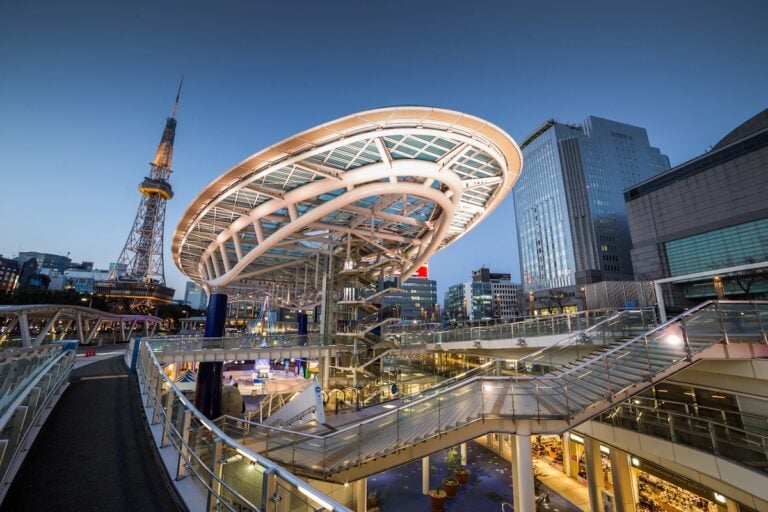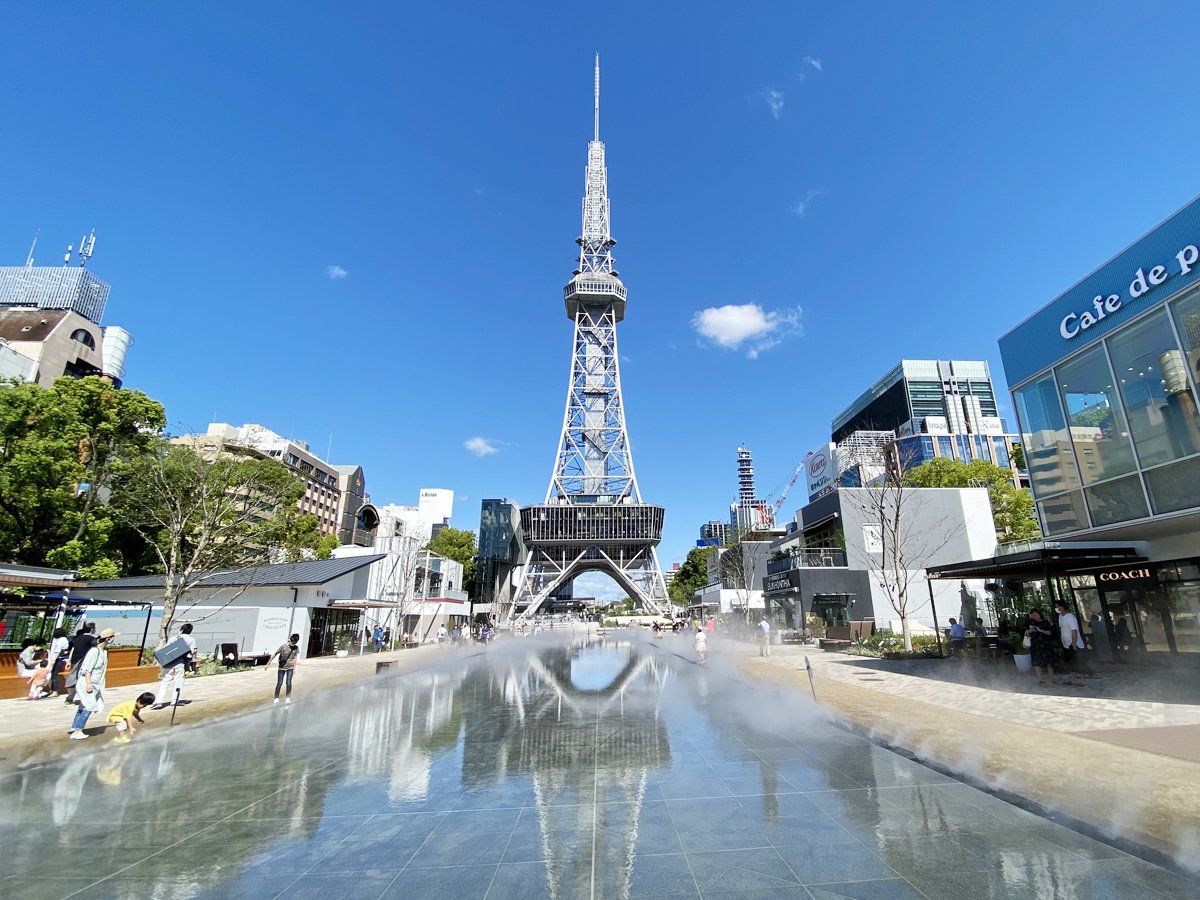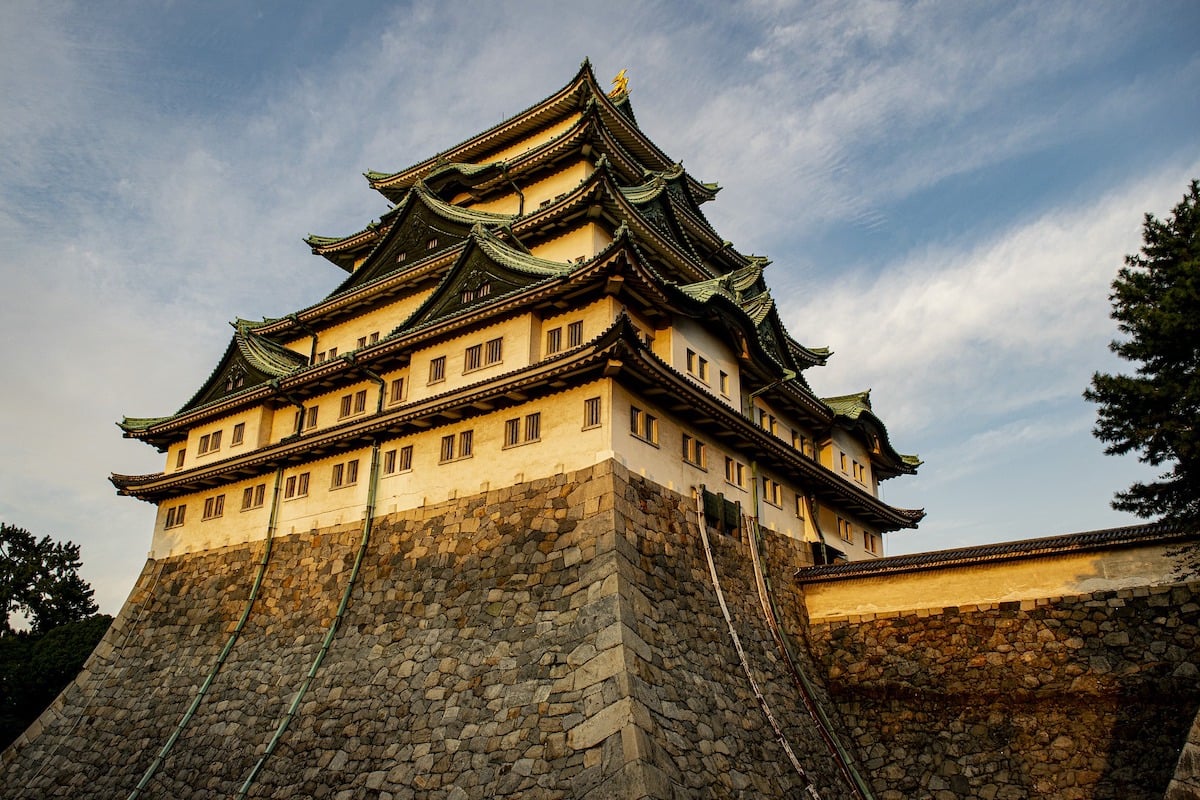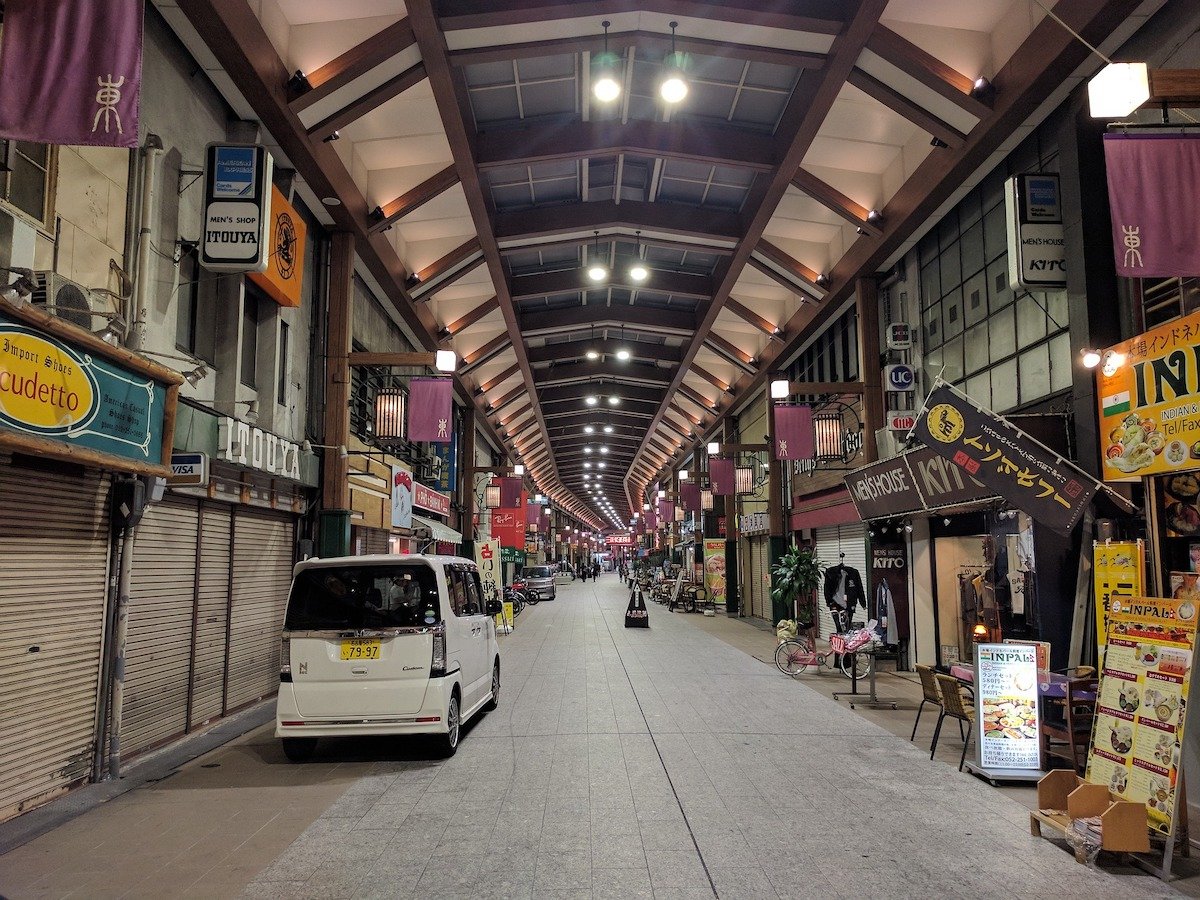
Japan, at long last, is once again open to foreign tourists without a visa. Those tourists are no doubt eagerly filling out itineraries with scores of vlog recommendations and common-knowledge attractions: Points of interest in Tokyo, Kyoto and Osaka—the big three—without a doubt. Yet, often forgotten in these travel plans is the urban metropolis of Nagoya! A shame considering it has so much to offer for those serious about exploring Japan.
Despite being the 3rd most populous urban area in Japan, Nagoya is frightfully ignored by foreign tourists and almost unknown by those outside of Japan. As a personal anecdote: Among those who haven’t been to Japan, I’ve never met anyone who has even heard of Nagoya. Yet, they were all familiar with a myriad of trivia regarding the aforementioned big three. Well, I suppose every country is stuck having just two or three cities with reputations that precede them, for better or for worse.
Nagoya, after all, lacks the massive scale of Tokyo, the rich history of Kyoto, and the vibrant spectacle of Osaka. Still, it’s a wonderful city with a practically unending list of things to do and places to see. In this article I’ve hand-picked some of my favorites in no particular order.
Nagoyako
At the end of the Meijo loop’s extruding Nagoyako line lies the Port of Nagoya. Less of a functioning port and more of a tourist beacon, Nagoyako hosts dozens of restaurants and attractions that will accommodate anyone’s taste or budget, with amazing views of both city and sea.
The towering observation deck is a great way to get an overview of everything the port has to offer, as well as see the entire city in panorama. Adjacent to it is a decommissioned antarctic research vessel that can be toured, with period-correct recreations of what life was like for its crew. A below-deck museum also extols the rich history of Japanese naval research using detailed dioramas. Across a walking bridge you’ll find a massive public aquarium that spans two multi-storied facilities. Further northwest is the tallest Ferris wheel in Nagoya, and of course I would be remiss to not mention the free Gatcha Gatcha Museum.
Nagoyako is a 5-minute walk south of Nagoyako Station.
Nagoya Port Bluebonnet Wildflower Garden
Across the bay is the far less famous but just as enjoyable Bluebonnet Garden. While definitely English in origin, the garden maintains a quintessentially Japanese sense of quaint serenity. A water taxi can be taken from Nagoyako to the garden and back. Packed with detail, the garden invites you to stay and relax, so much so that I find it sufficient for a full-day trip. When you travel Japan, if you take leisure in listening to calm ambiance while observing carefully cultivated nature, you’ll no doubt enjoy it.
Sky-Boat
The first time I saw the Sky-Boat I was legitimately startled. A Ferris wheel in the middle of such a big city would be surprising enough, but I had certainly never seen one on the third floor of a building before. The ride itself is smooth, with very little swing even in stiff winds, and at 500 yen per person it really is worth the price. Come here if you want to get an interesting view of Nagoya that you can’t get anywhere else—a moving observation deck, if you will.
The Sky-Boat is a 5-minute walk west of Sakae Station.

Mirai Tower
In walking distance from the Sky-Boat is Mirai Tower. Essentially, this is the Tokyo Tower of Nagoya. It may seem like I’m underselling it, but it’s far more understated than its eastern sister (even in appearance) and serves as the centerpiece to a large shopping district rather than as a destination in and of itself. This works in its favor, as Mirai Tower is often less crowded than Tokyo and has the benefit of being surrounded by an extensive public park and scores of sit-down dining spots, while also standing adjacent to Oasis 21, a formidable underground mall with regular events. Loads of foreign tourists go there too, if you’re eager to see the more international side of Japan.
The observation deck offers an unprecedented view of Nagoya, right from the heart of it. When I went there with my wife, we both agreed that it would be the perfect anniversary getaway (though our actual anniversary was celebrated in Nagoyako). The chain link fence covering the open-air upper deck is dotted with love locks, which speaks to how breathtaking of a spot it is. Just bring a jacket as we drift into the colder months, since the wind is unrelenting so up high.
Just south of Hisayaodori Station. Look up, you can’t miss it.
Nagoya Congress Center
This entry might seem odd. For expats here, the Nagoya Congress Center merely holds memories of failed JLPT attempts. This is not a building made for foreign tourists, but rather for getting work done, organizing official duties, and making executive decisions. Why go then? Because it’s a stunning piece of architecture that must be seen to be believed.
Only the Tokyo Sky Tree has made me feel so ant-like by comparison. Pictures do not do justice to how big the Nagoya Congress Center is. Its center courtyard felt like some kind of concrete football field. A statue of a warrior on horseback stands several men tall at the heel of it. Two towering obelisks connected by catwalk peer over all of Atsuta. Beyond simply being large, the beauty of its design is what makes a trip worth it. If nothing else, it makes a spectacular locale to sit down and have a bench picnic with friends.
A 15 minute walk west of Jingunishi Station. Again, you can’t miss it.

Nagoya Castle
Rounding off our list is an entry so obvious that it probably doesn’t need to be mentioned, but you really do owe it to yourself to check it out while exploring Japan. Nagoya castle, despite being the remnant of a by-gone age, really feels like the core of the city even now. Whether viewed up-close in the day or from afar illuminated in the clean night sky, Nagoya Castle is an important historical point of interest as you travel Japan.
Just northwest of Shiyakusho Station.
Toyota Commemorative Museum
I’ve always been a fan of Japanese cars—with Toyota being my favorite make—yet I was unaware of this place until recently. This location was requested to be added into this article by my editor, and although I was going to mention it based on his recommendation alone, the subject matter interested me so much that I had to visit myself.
This museum catalogs in exhaustive detail the rich history of Toyota as a company from every angle—its use in civilian life, sports pedigree, manufacturing methods and ideas for the future. No matter how extensive your knowledge or obscure your trivia of Toyota’s products, you will learn something here that you never knew about. On the flip-side, if you’re the kind of person who has no interest in automobiles, you’ll still enjoy the mere spectacle of the complex machinery and creative set-pieces on display. Recreations of old factory methods, bisected engines and clear-as-day diagrams absolutely pack the place. It’s legitimately one of the best museums I’ve been to, if not the best.
A 15 minute walk north of Nagoya Station.
Osu Market District

I could (and most likely will) write an entire article about this one neighborhood. Osu is a canopy marketplace so densely filled with sites of interest that I mustn’t belabor any point I make here—there’s just too much to say. I’ve been to Osu at least a couple dozen times and even now I feel like I’ve barely scratched the surface of the sprawl of restaurants, shops, cultural sites and personalities comprising Osu.
As for my personal recommendations: For dining, the Okinawa Cafe is a cozy bistro that serves food representative of Japan’s southernmost prefecture in a cozy, relaxed environment. For shopping, I can’t help but nerd out over Super Potato and Meiyoka, two extensive used video game stores that serve as little museums for the medium. The many clothing stores must be noted as well, the standout to me being Austere Japan, which sells bold clothing that blends the rich history of centuries-old Japanese design with modern styles. Also a must-see is the Osu Kannon Buddhist Temple on the west side of the market.
I could go on really, but you’ll do yourself a favor by simply getting lost, dipping into any alleyway you see, and checking every staircase you come across in order to find some truly hidden gems. Really, the same could be said of exploring Japan full stop. Don’t be afraid to poke around in places where foreign tourists rarely tread. With any luck, you’ll find your new favorite spot that nobody’s ever heard of.













